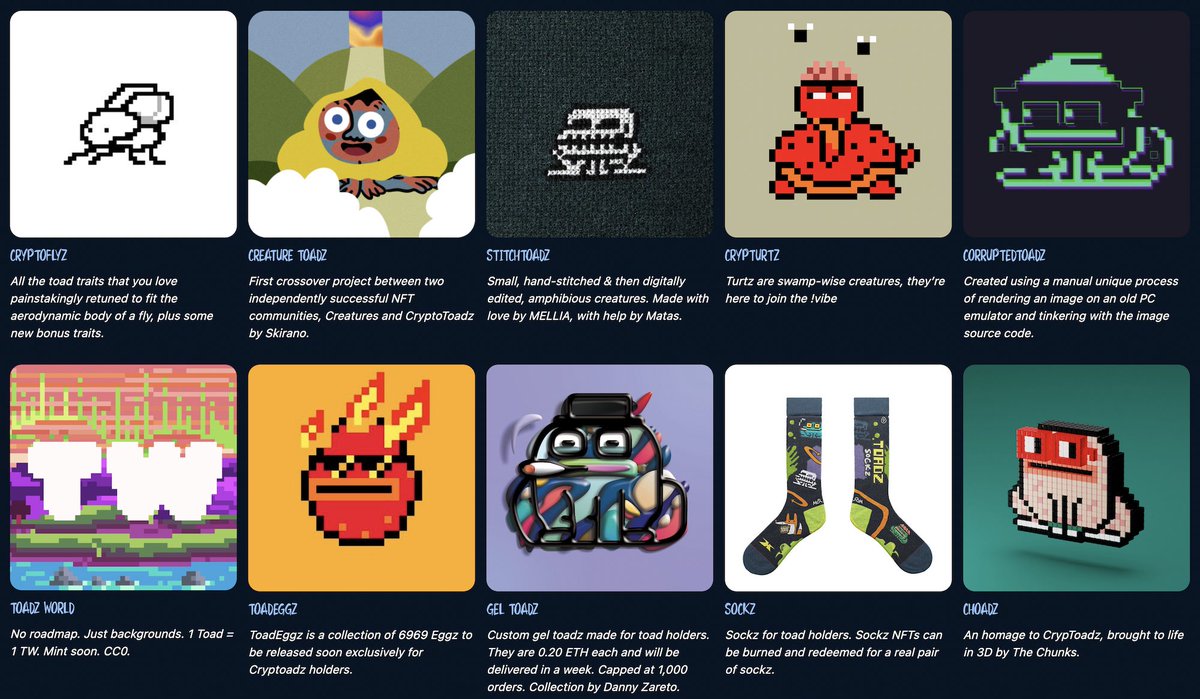
Mastering your Machine Learning Interview 🧑🏫
I've summarized some great resources for you that will help you with your Machine Learning interview.
Read below 👇
I've summarized some great resources for you that will help you with your Machine Learning interview.
Read below 👇
A great book by @chipro distilling a lot of information on preparing for a machine learning interview.
huyenchip.com/ml-interviews-…
Next 👇
huyenchip.com/ml-interviews-…
Next 👇
A collection of questions by @svpino who has a lot of experience interviewing people for ML positions.
Next 👇
https://twitter.com/svpino/status/1368231752494444549
Next 👇
Some very good advice on how to present yourself in a ML interview by @omarsar0
Next 👇
https://twitter.com/omarsar0/status/1326484204343992320
Next 👇
Data science interview questions and answers by the community by @Al_Grigor
ds-interviews.org
Next 👇
ds-interviews.org
Next 👇
A big question database on statistics, data science, and machine learning by @mihail_eric and Henry Zhao.
confetti.ai
Next 👇
confetti.ai
Next 👇
My thread series of machine learning interview questions. Make sure to also look into the comments for some very interesting and creative answers.
Follow me @haltakov for more information and resources on machine learning and computer vision 👋
Follow me @haltakov for more information and resources on machine learning and computer vision 👋
https://twitter.com/haltakov/status/1345766872164098048
This week I'm reposting some of my best threads from the past months, so I can focus on creating my machine learning course.
Next week I'm back with some new content on machine learning and web3, so make sure you follow me @haltakov.
Next week I'm back with some new content on machine learning and web3, so make sure you follow me @haltakov.
• • •
Missing some Tweet in this thread? You can try to
force a refresh











